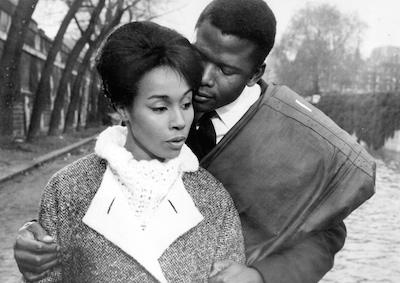After World War II, Hollywood faced a changing set of conditions at home—the end of vertical integration, the rise of television and falling audience numbers—and so it looked abroad for new filmmaking opportunities to counterbalance these domestic setbacks. Overseas production brought a number of advantages, allowing studios to capitalize on their frozen foreign earnings, cheaper labor costs and authentic locations. However, this move abroad brought challenges. Studio filmmakers such as William Wyler, Samuel Fuller and Fred Zinnemann had to figure out how to work with international crews and shoot in far-flung locations to achieve both realism and the spectacle of new color and widescreen technologies. There were also casualties to these changes. Hollywood unions called the phenomenon “runaway” production to underscore the loss of employment opportunities at home. Ultimately, the runaway trend set the stage for today’s vastly expanded networks of global production. Based on the new book Runaway Hollywood: Internationalizing Postwar Production and Location Shooting by film historian Daniel Steinhart, this series presents a selection of some of the now classic films that came out of this significant period of industrial and aesthetic transformation when Hollywood was making movies that were more international in scope.
Program and film notes by Daniel Steinhart.






 Mobile Navigation
Mobile Navigation










